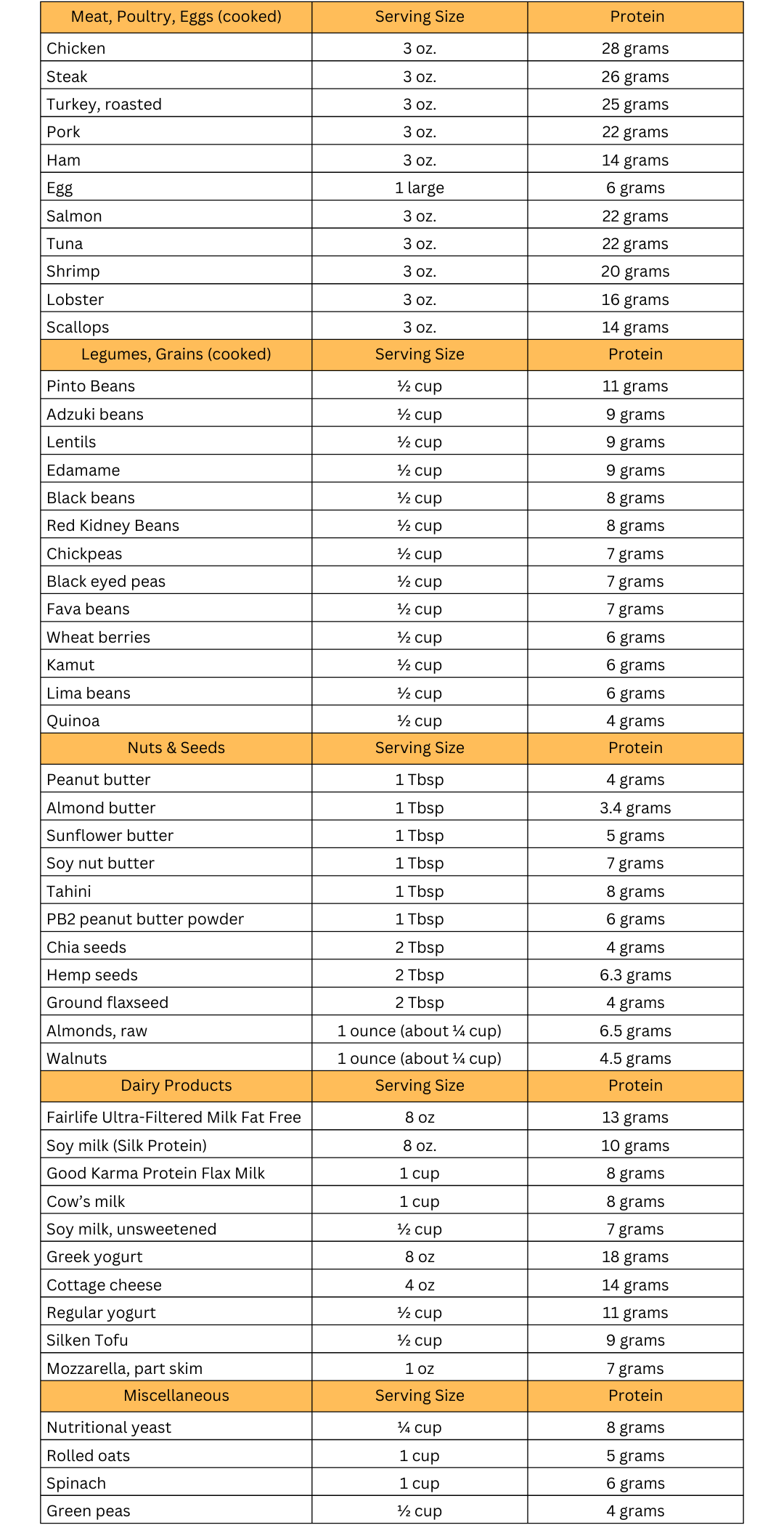GLP-1 Medications & Muscle Loss: How to Protect Your Strength
There’s a huge buzz around brands like Ozempic, Wegovy, and Mounjaro. These medications, known as glucagon-like peptide-1 (GLP-1) drugs, have surpassed their original FDA-approved use for obesity and type 2 diabetes and are gaining popularity for their dramatic impact on weight loss. But as more people turn to GLP-1s, one important concern is gaining attention: muscle loss. Source: Massachusetts General Hospital (MGH)
It is important to note that these medications do not cause muscle loss in and of themselves. Any time the body sheds pounds quickly whether through surgery, crash diets, or medication – it risks losing muscle along with fat.
While GLP-1 drugs can help control your appetite, they’re not a cure-all for weight loss. GLP-1 medications should be used in combination with a healthy diet and progressive strength training to see real weight-loss results.
WHY MUSCLE MASS MATTERS
Without a strategy in place, you may reach a lower number on the scale – but at the cost of a slower metabolism, less energy, and diminished strength.
- Metabolism: Muscle burns more calories than fat, even at rest
- Strength & Function: Essential for daily activity, injury prevention, and long-term mobility
- Healthspan: More muscle is linked to better aging outcomes, fewer falls, and greater resilience
How to avoid muscle loss THROUGH exercise
Strength training stimulates muscle protein synthesis, helping to preserve – and even build – muscle mass, even during calorie deficits. It also improves insulin sensitivity and supports healthy blood sugar control.
- Frequency: 2-4 sessions per week
- Focus: Compound movements (squats, deadlifts, presses, rows)
- Progression: Gradually increase weight or reps to stimulate growth
Remember, muscle builds during rest, not just during workouts. Prioritize 7–9 hours of sleep per night, dedicate at least one day per week to rest, and practice active recovery (light walks, stretching) to support circulation and repair.
Note: The National Academy of Sports Medicine (NASM) strongly recommends consulting a certified personal trainer to assess your current fitness level, movement capabilities, and create a safe, effective strength training plan tailored to your needs. All new members are entitled to two complimentary fitness appointments with one of our trainers so that your fitness journey gets off to a great start. If you haven’t taken advantage of your free consultations, now is the perfect time.
How to avoid muscle loss THROUGH Nutrition
In addition to weight training, focusing on adequate protein intake can help build and maintain muscle. It’s best to aim for 20-30 grams of protein per meal.
Recommendations for protein vary depending on age, gender, activity level and health status. The general recommended daily allowance (RDA) for protein is a modest 0.8 grams per kg of body weight or 0.36 grams per pound of body weight. This is the minimum amount of protein needed to meet daily requirements.
You can multiply you current body weight by 0.36 or use this online calculator from the USDA to get your recommendation. Below is a list of different sources of protein to help you meet your needs.
Working with a Registered Dietitian provides personalized nutrition guidance designed to help you achieve optimal results. An RD can help ensure you’re meeting your protein and calorie needs to preserve muscle mass and support overall health.

With smart strength training and proper nutrition, you can protect your lean mass, boost your metabolism, and feel stronger through your weight loss journey.
Content submitted by Janyce Gately, Registered Dietitian, & Jon Mack, Fitness Director
